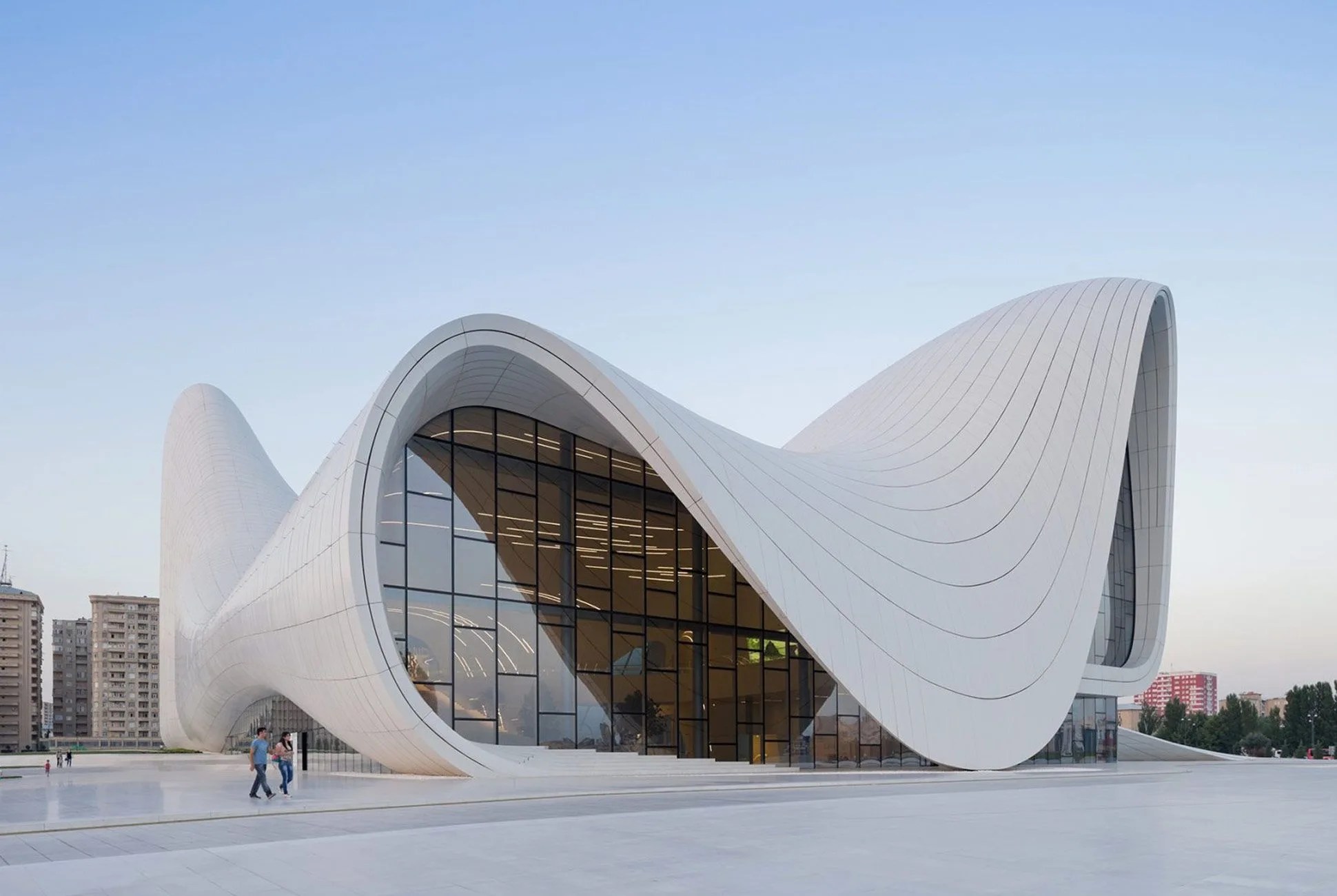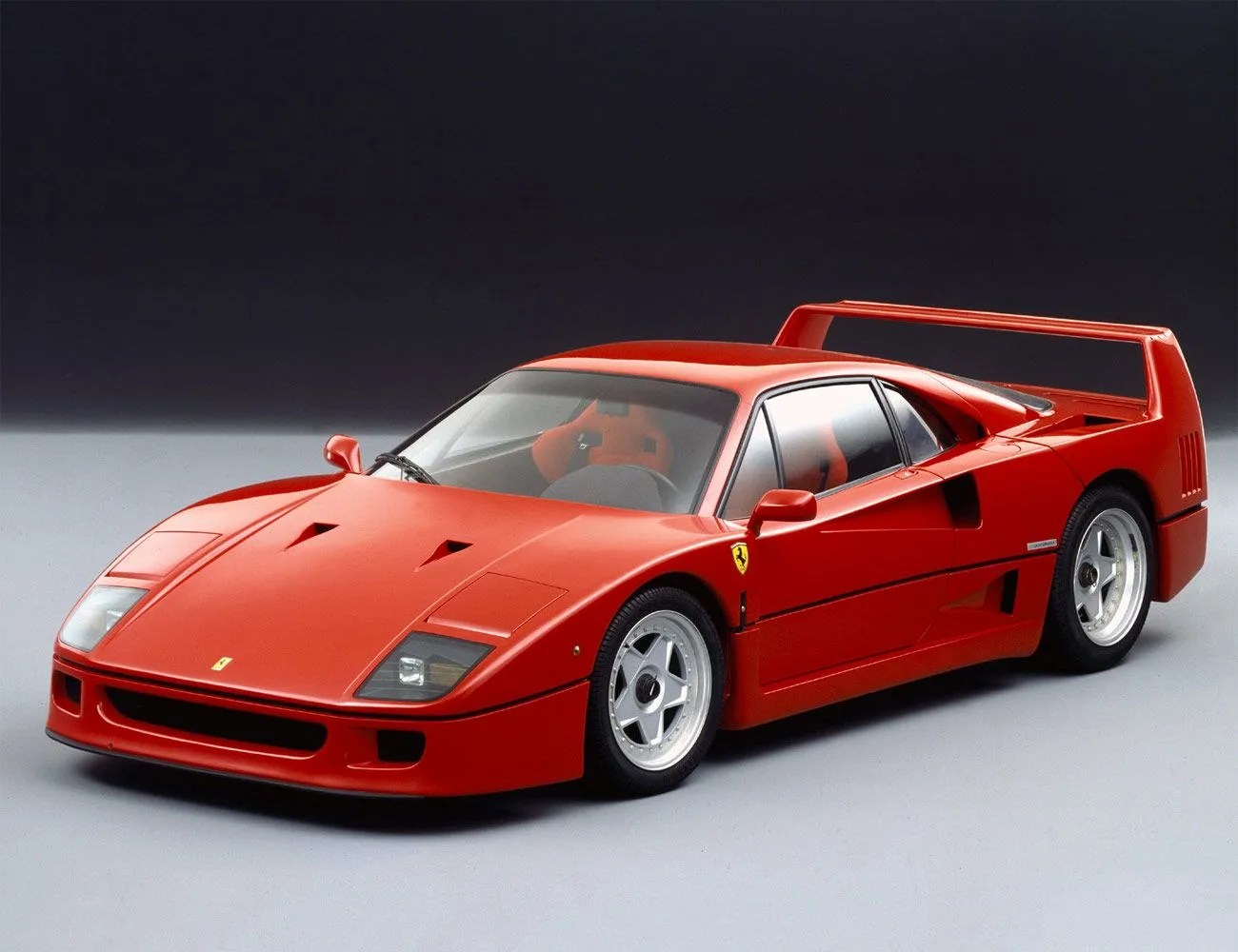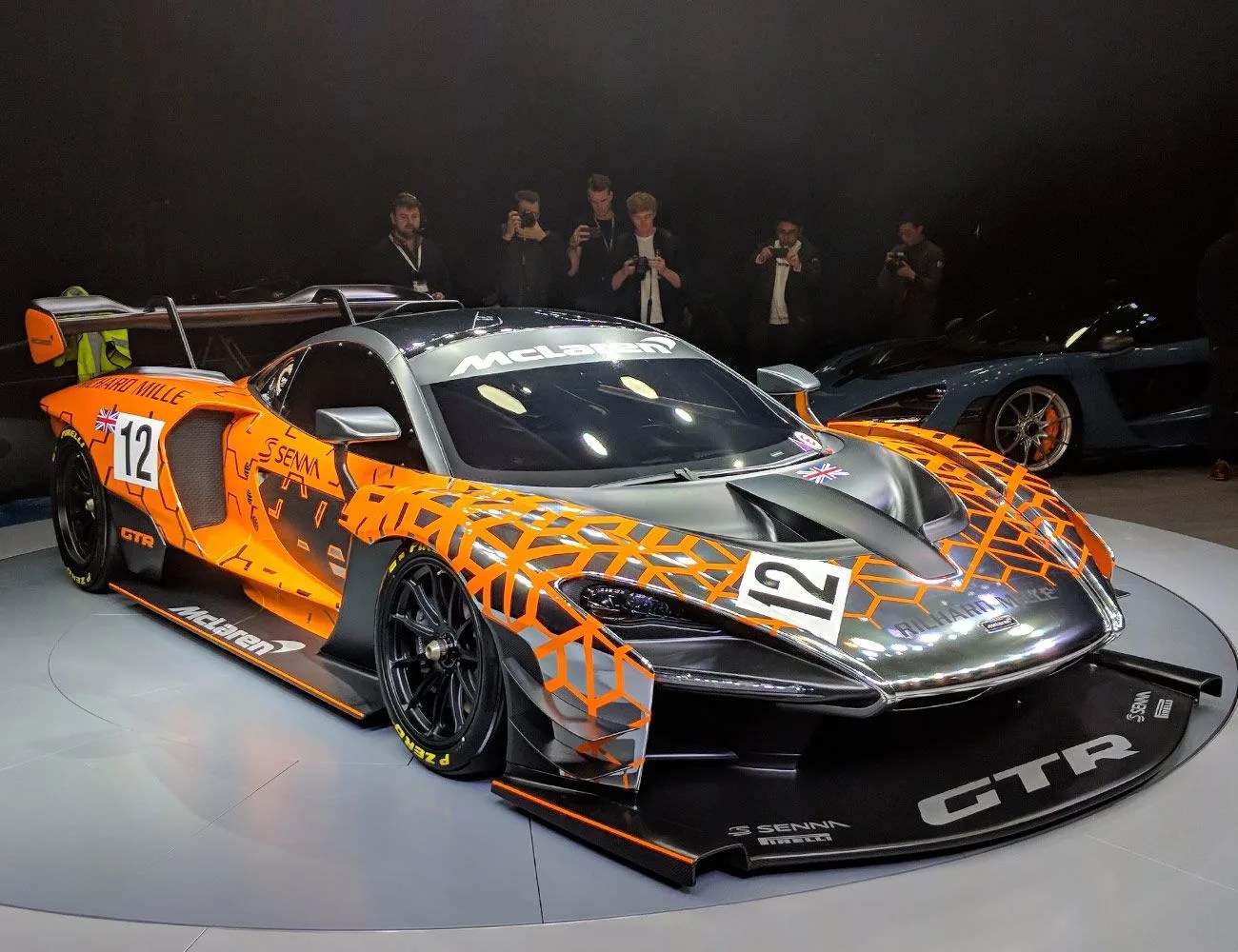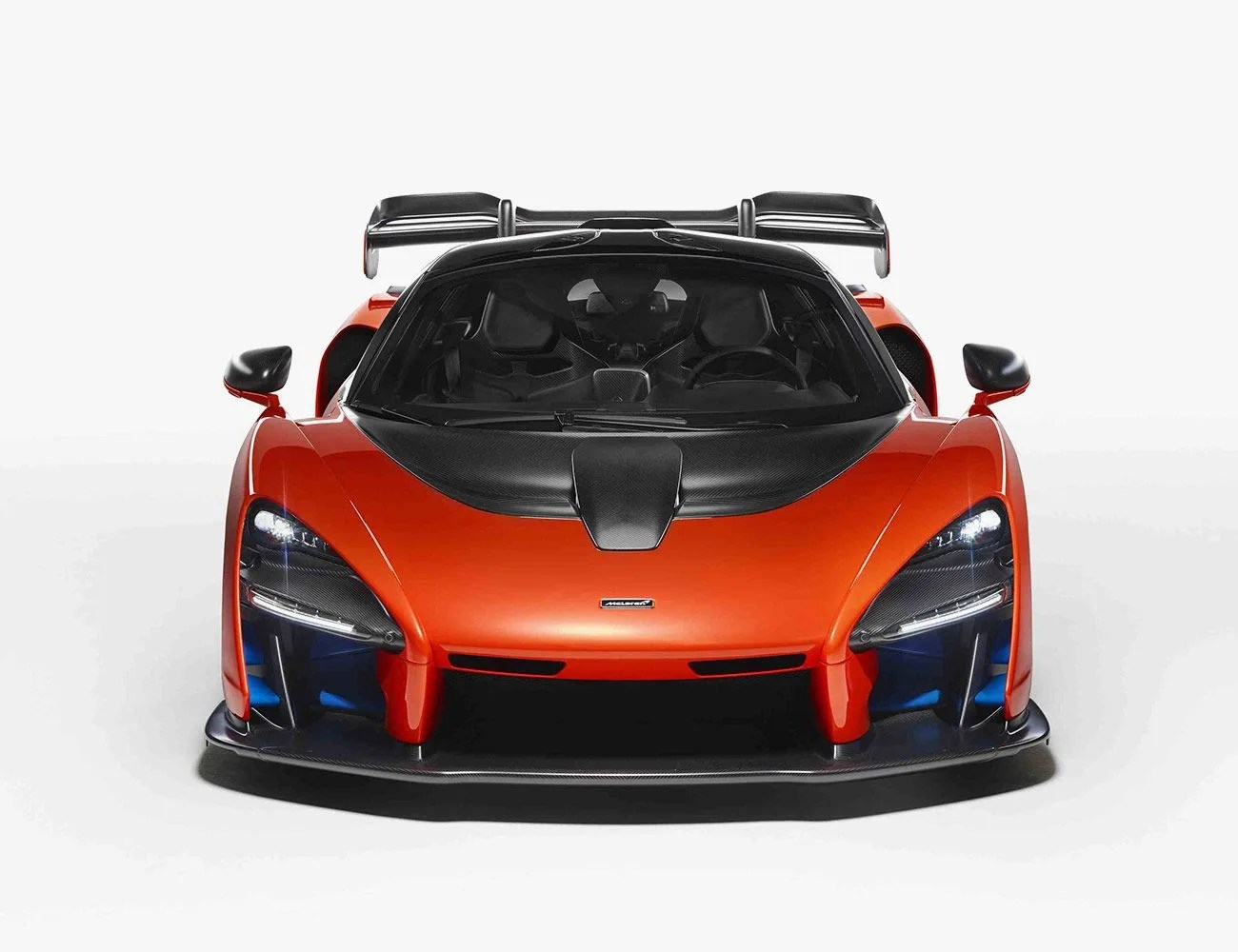Rob Melville has been on his feet and on his game all day at the Geneva Motor Show, doing interview after interview inside McLaren’s large, luxurious lounge next to the Roll-Royce booth on the Palexpo convention center floor. It’s mid-afternoon and we’re sitting in a small room tucked in a hallway off the bar area, and he seems glad for a moment of quiet. But when we start talking design, Melville launches in with gusto — he’s proud of his craft, and for good reason.
I’d spent the three days prior to our conversation driving a caravan of McLarens across five countries in a 900-mile road trip from the UK to Switzerland, admiring the countryside as much as the sinewy beauty of the various cars at our disposal. The 570S, 570 GT, 570S Spider and 720S we drove are all Melville’s designs, as are the new Senna and wild Senna GTR Concept at the show. In a world awash with curvy and aggressive supercars, their shapes and lines stand out as something different — something purposefully, functionally beautiful. As I spoke with him about his design philosophy and what it takes to create the insane shapes for the British brand, Melville, in an eloquent lilt, waxed on about classic cars, architecture, running shoes and virtual reality.
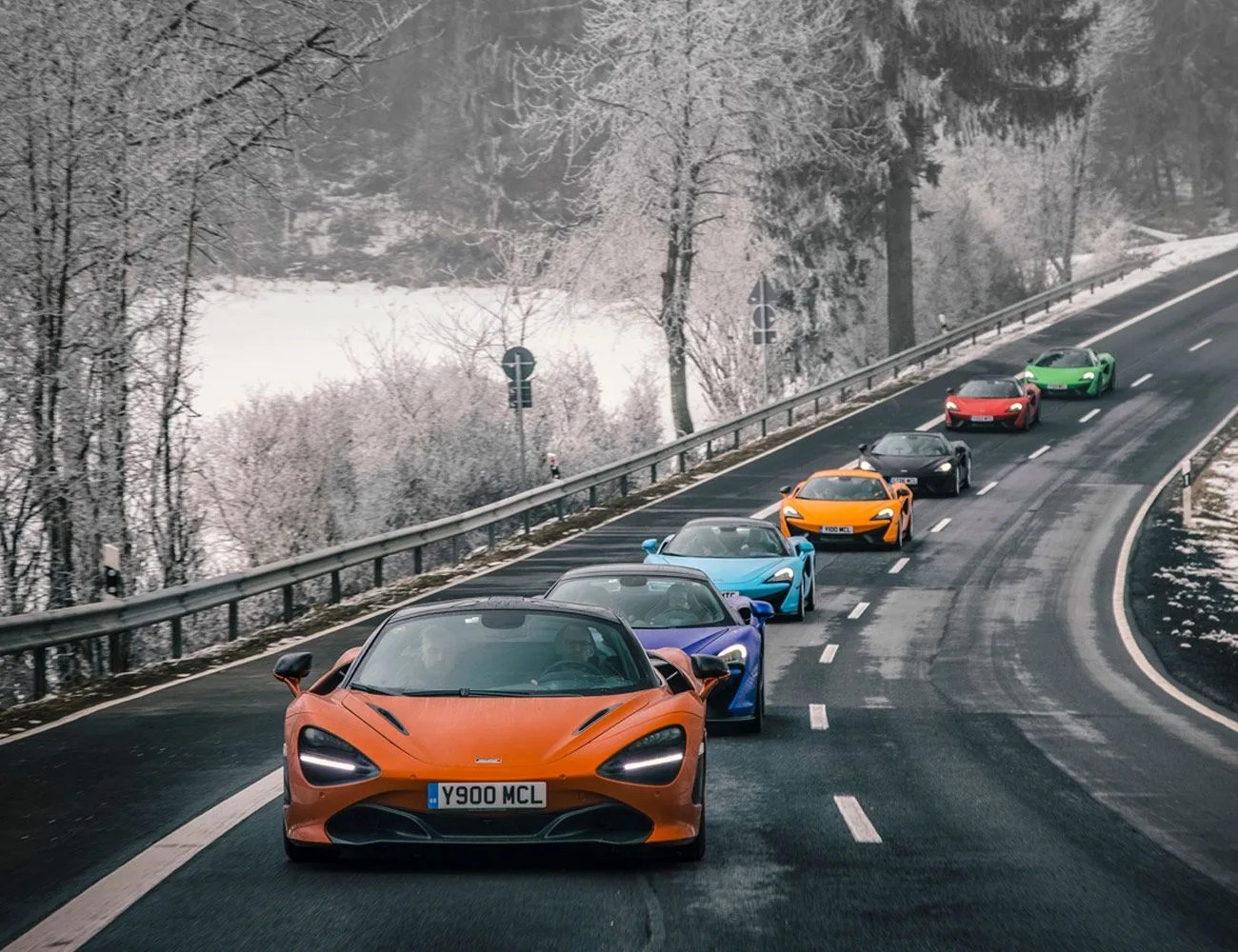
Melville’s McLaren designs are informed directly by biology.
When we grow up we’re surrounded by nature — and you have this intuition for why a bird’s wing works or why a teardrop is the way it is. The way stones are formed by the sea — hydroformed — or formed by the air.
When we talk about biology in the P1, 570 and 720 it’s [as though] you have the chassis — that’s the skeleton — or the lungs, which are the radiators. Then you’ve got the skin and the aerodynamic profile. Senna is [the result of asking] “how do you bring every last drop of performance out of a road car?” Our ability to analyze [the laws of aerodynamics] and understand them have informed our decisions on the car.
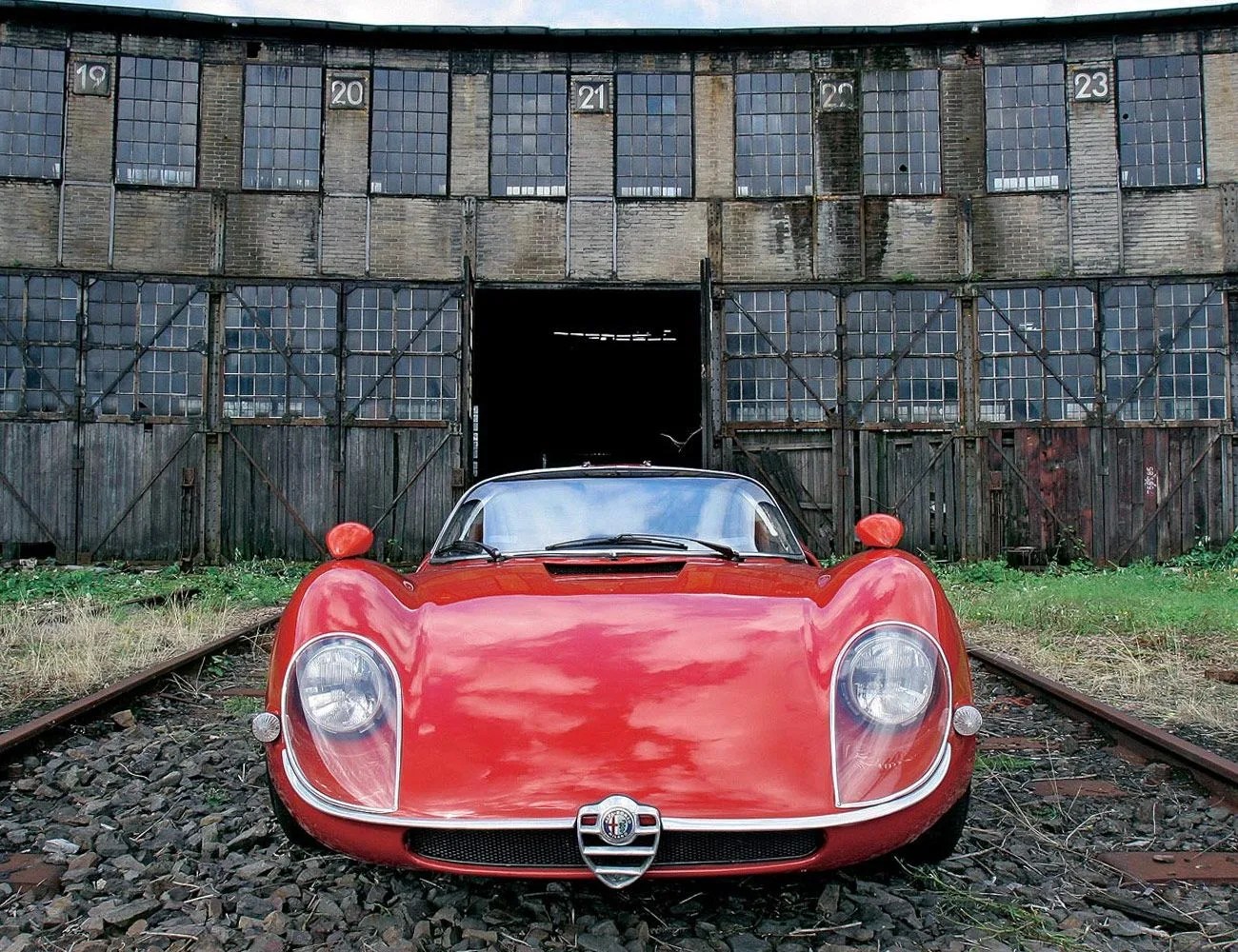
The Alfa Romeo Tipo 33 Stradale



